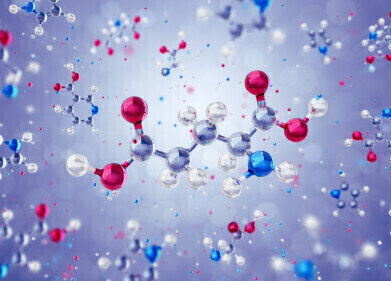Ion chromatography (IC)
Love Whisky? Chromatography Serves Up a Smoky Variety
Dec 04 2017
There are many different styles of whisky. The recent World Whiskies Award had awards for Best Irish, Blended, Blended Malt, Bourbon, Corn, Flavoured amongst several others. The list also contains Single Malt whiskies — a style that many people associate as the premium whisky that is produced in Scotland.
A single malt whisky is made of 100% malted barley in a single distillery. Consequently, it contains flavours associated with the barley and water from the area that the distillery is situated in, and how the ingredients are processed. This leads to malt whisky having many different characteristics. Some malts are soft and light, creamy even and others are dark and full of strong flavours. One flavour loved by some whisky lovers — and hated in equal measure by others — is the smokiness or peatiness of the whisky. And one of the big players in peaty whisky is Bruichladdich — and chromatography measures the smokiness.
Getting the peat in whisky
The flavour and characteristics of a whisky comes from the water, barley and processes used by the distillers. One of the most distinctive characteristics of some whisky is its peatiness. And many people think this must come from the water — after all, some distilleries are situated in peaty areas and thus take their water from peaty areas. But they are mistaken.
Apparently, peaty water doesn’t taste peaty — it just has a mineral taste. The peatiness of whisky comes from the barley. Well, dried barley to be exact. The barley used for distillation is first malted — the barley is soaked in water, so it germinates and makes the sugars needed for fermentation. When the germinated barley is dried — we have malt.
The malt is dried — using whatever local fuels were available to heat the air used to dry the barley. Wood, coal and peat were fuels commonly found around distilleries. And therein lies the secret of getting a peaty whisky — burning peat to heat the air to dry the barley to make the malt, producing a peaty, smoked barley. When this is then mashed and distilled we get a smoky whisky. But how smoky is smoky?
Phenolically peaty
The Bruichladdich distillery has a particularly peaty single malt range known as Octomore. They set out to distil the most heavily-peated barley to make the peatiest whisky. To help achieve this level of smokiness they malt and dry the barley over peat fires — a process that takes up to five days. The long, slow drying process helps to raise the levels of phenolics — the cause and measure of peatiness.
The distillery measures the levels of phenolics —ppm of phenol — in its whiskies using chromatography. A typical peaty whisky has a phenol ppm of 60 — Octomore can be close to 300 ppm phenol. The analysis of organic acids like phenol is discussed in the article, Determination of Low Molecular Weight Organic Acids in Petroleum Products by Ion Chromatography.
How do you like your whisky?
Events
Apr 22 2025 Kintex, South Korea
Analytica Anacon India & IndiaLabExpo
Apr 23 2025 Mumbai, India
Apr 27 2025 Portland, OR, USA
May 11 2025 Vienna, Austria
May 18 2025 Tempe. AZ, USA














